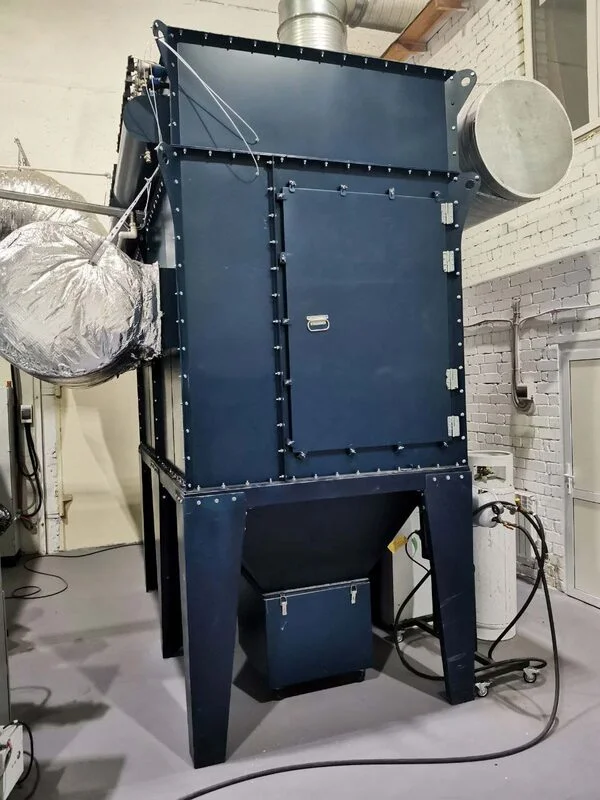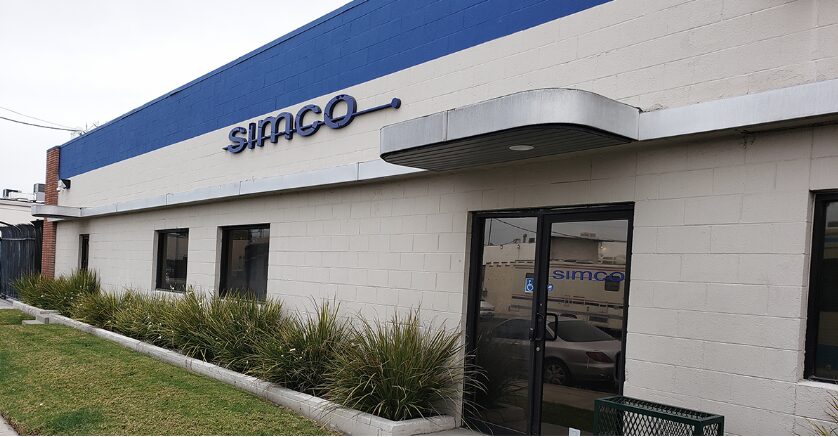Tearing down a building involves a series of processes that include assessing the area and the demolition process itself. Whether you’re clearing an entire lot or deconstructing a room before renovations, a professional demolition company helps you prepare for site clearing with a detailed timeline. Here are some things to review when understanding the timeframe of demolition projects:
Review Project Requirements
During the early stages of the demolition process, property owners and contractors work together to understand the client’s needs and expectations. They typically discuss the project’s scope and evaluate the site before determining a teardown method, such as total building removal or the selective dismantling of a specific area. Commercial and residential sites may have different requirements, and a specialized contractor can assist you with those processes.
Prepare the Site
Before any structure removal, the lot must be made safe. Key safety measures include:
- Turning off all utilities, including gas, water, and electricity
- Setting up a protective fence
- Coordinating with the crew to determine the project’s timeline, method, and required tools
- Establishing safety measures, such as hard hat zones and site access
- Reviewing site logistics like access, size, and debris removal
Depending on the project, more detailed assessments can be required. Older constructions may contain hazardous materials, such as lead paint or outdated electrical components, that must be appropriately disposed of. Some contractors also offer specialized services for asbestos abatement.
Complete Demolition in Phases
The demolition process typically begins with soft deconstruction, which involves removing non-structural elements, such as doors, windows, interior finishes, and fixtures. Many companies offer recycling services for these recovered assets and materials, such as metals. For surgical demolition projects, this stage of the process is usually completed quickly, while full-scale teardowns require more time.
Once the building has been cleared and all utilities have been shut off, the crew begins structural teardown. Heavy machinery is used to deconstruct walls, roofing, and foundations. During cleanup, the crew sorts debris to make sure everything is disposed of safely and effectively. When hazardous materials are present, such as asbestos, the teardown and cleanup process is often extended. This helps verify the safety of the work crew and the property owner.
Finish With Post-Demolition Services
After demolition, many properties require grading services to level and reshape the land. Grading helps prepare the ground site for new construction with proper drainage and soil stability. If contaminants are found in the property’s soil, remediation helps make the site safe for future use. Contractors inspect for existing underground structures, such as storage units or sewage systems, which may also need to be removed. In some cases, soil treatment and new soil could be added to level the site.
Get a Contractor Who Understands Your Project
Teardown project timelines can vary significantly depending on the building’s size, site access, and surrounding structures. By hiring an experienced property clearing company, you’ll be able to understand the demolition process and how long it may take. After a comprehensive evaluation, contractors can help you develop a tailored plan and timeline. Explore demolition and grading services that help you through every step of your project.






























































Leave a Reply